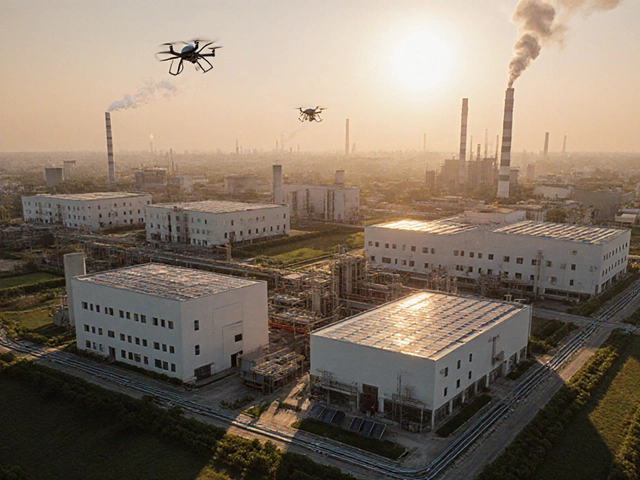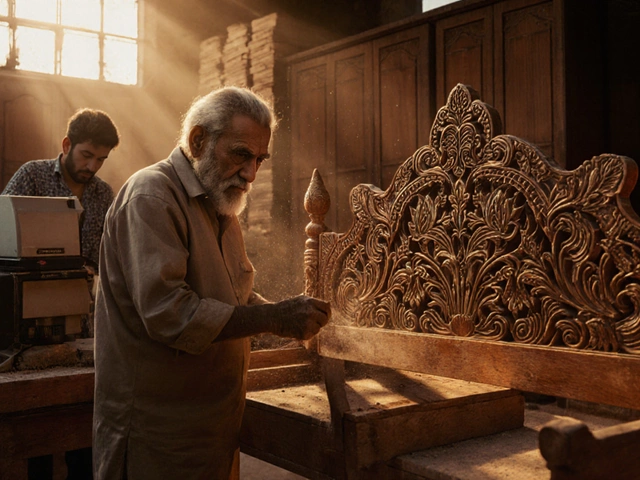Steel Capital of the United States – Why It Matters
When you look at the steel capital of the United States, the region that leads the nation in steel output, a dense network of mills, suppliers, and logistics hubs defines the landscape. Also known as the US steel hub, it sits at the crossroads of raw material supply and finished‑product demand. The steel industry, the backbone of heavy manufacturing that turns iron ore into structural beams, sheets, and coils thrives here because of abundant skilled labor and deep‑water ports. This manufacturing hub, a cluster where equipment, expertise, and transport converge fuels the regional economy, creating jobs and feeding downstream sectors like automotive, construction, and energy.
How History and Infrastructure Shape the Steel Capital
The story of this steel capital is inseparable from American industrial history. In the early 1900s, massive investments in blast furnaces and rail lines turned riverside towns into steel powerhouses. Those historic choices still dictate today’s logistics: rail corridors, inland waterways, and highways are all aligned to move heavy loads efficiently. Modern upgrades—automation, AI‑driven quality control, and greener furnace tech—build on that legacy, showing how industrial history influences current production methods. Because the area blends old‑world scale with new‑age precision, it attracts both legacy firms and innovative startups looking to test advanced processes.
Economic strength ties directly to the steel output. The regional economy, the sum of jobs, tax revenue, and ancillary businesses that depend on steel benefits from a multiplier effect: every ton of steel creates demand for transport services, engineering design, and equipment maintenance. This feedback loop explains why policymakers push for incentives, workforce training, and clean‑energy subsidies—each move aims to keep the capital competitive against global rivals.
What does this mean for anyone watching US manufacturing? First, the steel capital illustrates how a concentrated cluster can lower costs through shared infrastructure and skilled labor pools. Second, it shows the importance of continuous innovation to meet stricter emission standards while staying profitable. Finally, the region’s health signals broader trends: when steel thrives, related sectors like automotive (think Toyota’s engine plant), construction, and even food processing equipment see ripple benefits.
Below you’ll find a curated set of articles that dive deeper into these dynamics. From cost‑comparison guides between India and China to analyses of why major brands exit or enter the market, the collection paints a full picture of the forces shaping manufacturing today. Whether you’re a plant manager, a policy wonk, or an investor eyeing the next big opportunity, the insights will help you understand how the steel capital of the United States fits into the larger industrial puzzle.
Ready to explore the specifics? The posts that follow break down cost structures, highlight low‑competition niches, and unpack the latest tech trends—all through the lens of the United States’ steel powerhouse. Let’s get into the details.
Pittsburgh: The Steel Capital of the United States (And Why It Matters)
Pittsburgh, Pennsylvania is the steel capital of the United States due to its dominance in steel production from the 1870s to 1980s. The city produced 67% of America's steel at its peak, thanks to its access to coal, rivers, and innovators like Andrew Carnegie. Though mills closed in the 1980s, Pittsburgh's legacy as the steel capital endures through its cultural identity and ongoing steel industry presence.
Read More




